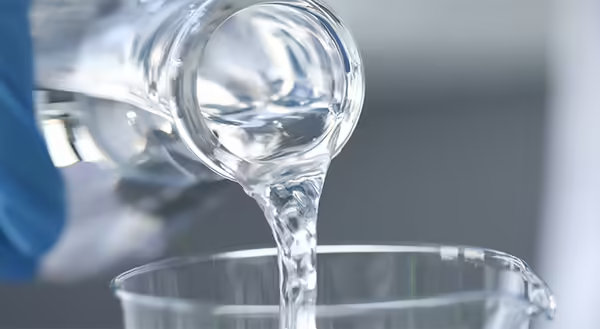
Agricultural water is a key potential source of fresh produce contamination on a farm or garden. Harmful microorganisms such as Salmonella and E. coli O157:H7, can survive and grow in agricultural water within hours. Water can introduce these harmful microorganisms to fresh produce during many activities including irrigation, fertilizer application, washing of produce and food contact surfaces among others.
The microbial quality of water varies based on the source, with surface water sources such as ponds, rivers, lakes etc. having the highest level of contamination due to exposure to runoff and animals. Ground water sources such as wells can have better quality than surface water if the wells are located away from manure piles and septic tanks, constructed well, and protected from runoff.
In addition to minimizing contamination of agricultural water, growers can determine the microbial quality of that water, and this can help in deciding what practices need to be changed and or adopted to ensure that fresh produce is safe for consumption. Many labs can test water for quality, but not all labs can perform the microbial test methods recommended by the U.S. Food and Drug Administration, for agricultural water that is intended to or likely to contact fresh produce and food contact surfaces. The recommended tests test for generic E. coli and some are quantitative - reporting the actual number (CFU or MPN) of generic E. coli per 100 mL, and others qualitative showing the presence or absence of generic E. coli in a water sample.
The quality of water changes with the season of the year and so the best time to test water for microbial quality is at the beginning and during your growing season. This will show a clearer picture of the quality of the water you actively use. Find out what labs in Illinois can test your water for generic E. coli using the FDA recommended methods. Contact the lab for information about sampling bottles, sampling guidelines, and get answers to any questions you may have.
Watch these two short videos to learn about how to collect a water sample from a well and a pond. Note that instructions from your lab may be different from those in these videos.
References
Seasonal Variation of Water Quality in Unregulated Domestic Wells